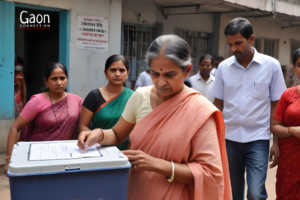The World Health Organization (WHO) defines epilepsy as a chronic noncommunicable disease of the brain that affects people of all ages. Nearly 80 per cent of people with epilepsy live in low and middle-income countries, including India.
In India, epilepsy is commonly viewed as a reason for prohibiting or annulling marriages, and here as well as in many parts of the world, there is stigma and discrimination associated with the condition. National Epilepsy Day, on November 17 aims to spread awareness about disease.
Higher prevalence in rural areas
According to the WHO, around 50 million people worldwide live with epilepsy making it one of the most common neurological diseases globally. In India, it is estimated that there are more than 10 million people with epilepsy. The prevalence is higher in the rural population (1.9 per cent) compared to urban population (0.6 per cent).
Also Read: 213 million Indians suffered from migraine in 2019; women most-affected: Report
The risk of premature death in people with epilepsy is up to three times higher than in the general population, with the highest rates of premature mortality found in low and middle-income countries and in rural areas. Three quarters of people with epilepsy living in low-income countries do not get the treatment they need, pointed out WHO.
The disease is characterised by recurrent seizures — brief episodes of involuntary movement that may involve a part of the body and are sometimes accompanied by loss of consciousness and control of bowel or bladder function.
Seizures can also vary in frequency, from less than one per year to several per day. WHO informs that up to 10 per cent of people worldwide have had at least one seizure during their lifetime.
As per the WHO, up to 70 per cent of people living with epilepsy could live seizure- free if properly diagnosed and treated.
Cause and prevention
The cause of the disease is still unknown in about half of the cases globally. Brain damage from prenatal or perinatal causes such as a loss of oxygen or trauma during birth, low birth weight; a severe head injury; a stroke that restricts the amount of oxygen to the brain; an infection of the brain such as encephalitis or neurocysticercosis, and a brain tumour are a some of its causes. A study titled ‘Epilepsy: A manual for Medical and Clinical Officers in Africa’ by WHO defines neurocysticercosis as a parasitic infection associated with pig-rearing and poor hygiene, which is very common in India.
The prevention of epilepsy associated with stroke is focused on cardiovascular risk factor reduction. The disease can be prevented by controlling high blood pressure, diabetes and obesity, and the avoidance of tobacco and excessive alcohol use.



















